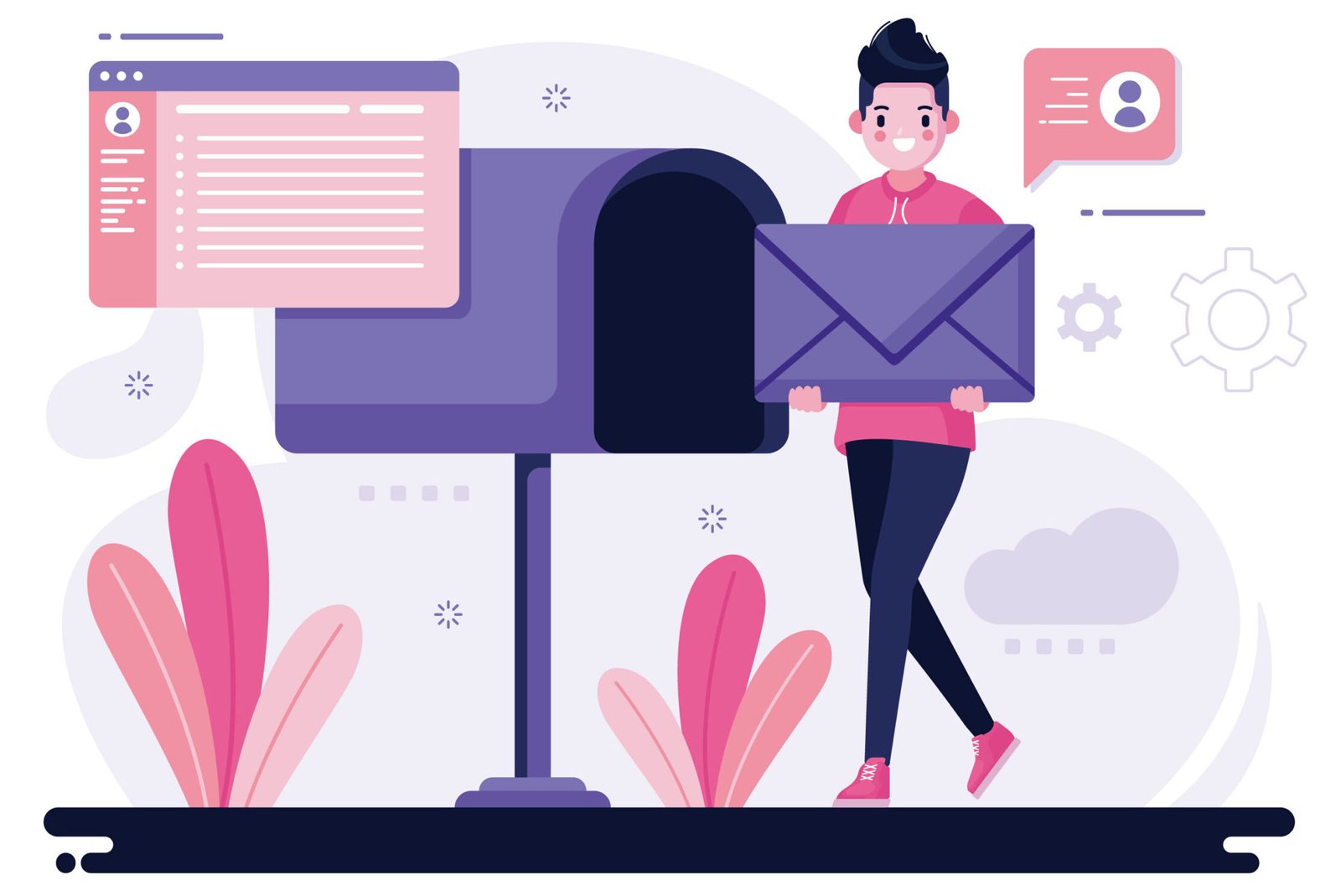The psychology of email engagement works on basic human behavior and decision-making patterns. Studies reveal that 59% of subscribers never read their emails, which makes understanding psychological factors a vital part of marketing strategy.
People recognize familiar senders, and this recognition leads 64% of subscribers to open their emails. Our brains quickly evaluate emails through subject lines that release dopamine when they promise something valuable or pique our interest. The human brain processes visuals 60,000 times faster than text, which makes the email’s overall look and feel vital to getting more opens.



